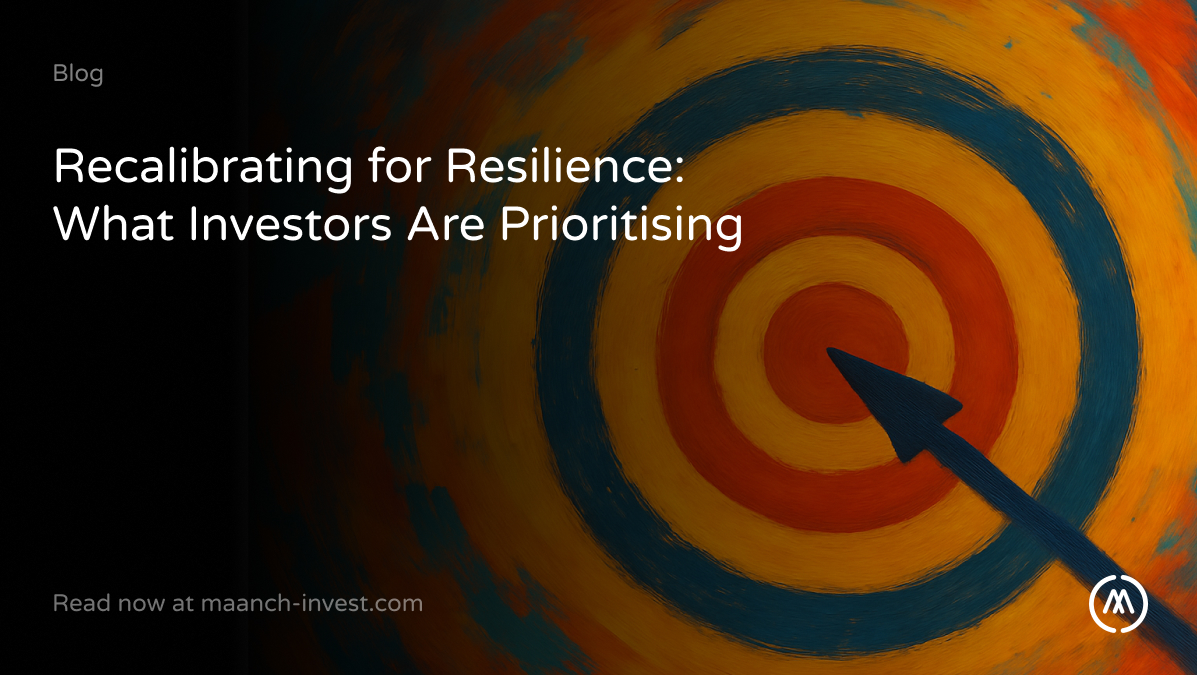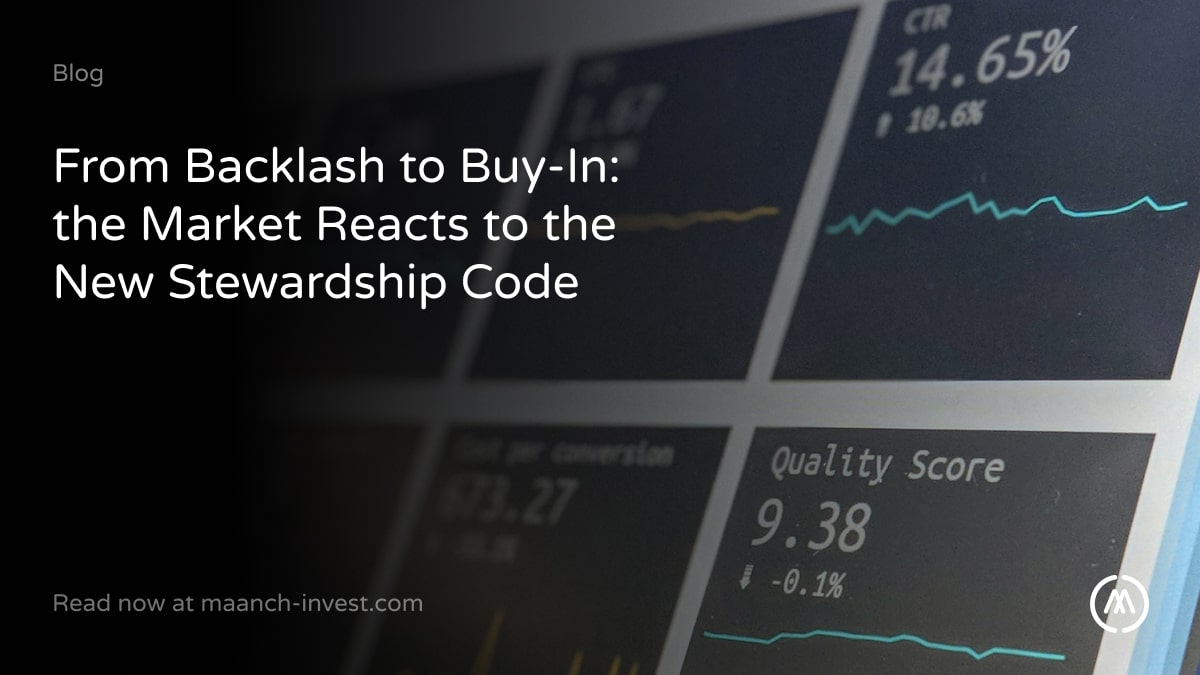Since the beginning of the pandemic associated with Covid-19 we have had numerous discussions with friends, colleagues, family members trying to make sense of the magnitude of the problem that has fallen upon us. Having participated in numerous such discussions, I have noticed that there are a set of specific questions that tend to keep repeating themselves – questions to which everyone seems to have a view, however, there does not seem to be any specific answers.
When I ‘Googled’ for the answers to these specific questions, I was met with tons of data, however, there did not seem to be any clear / concise / succinctly presented answers. I then turned to the Experts (defined later) to seek the answers and ended up reading numerous publications, research papers, news articles, blogs, even asked variations of these questions in specific forums / discussions organised by these Experts – however, still struggled to find the answer in a concise / specific form. (I apologise in advance if I have missed a paper / research / analysis out there which contains these answers and will humbly accept that I need tutoring in ‘Googling’ skills)
The purpose of this article is not to provide the answers – however, is to ask the questions in one concise forum, make a simplistic / amateur attempt at answering them (using some simplistic / amateurish assumptions) and hopefully I end up provoking the Experts to take these questions away and conduct the appropriate analysis / research to provide more conclusive thoughts / answers to these questions.
To further note, none of the questions that I will attempt to answer qualify as the Trillion Dollar Question (which as I am sure you have observed is the title of this article), however, as I was making some simplistic assumptions to answer these questions, the Trillion Dollar Question dawned upon me – which, hopefully as you read through this article in the next 5 minutes will also become evident to you.
To repeat my earlier caveat, the aim of this article is to ‘ice bucket challenge’ the Experts to provide us with the answers. The Experts here are the likes of the bulge bracket investment banks (GS, JPM, BAML, MS etc), the leading management and strategy consulting companies (Mckinsey, BCG etc) and the Big 4 accounting firms (PwC, EY, KPMG and Deloitte).
The common questions that I have come across in most of my discussions can be bucketed under these three headline questions:
- What has been the total cost of Covid-19 to the global economy?
- Was the Swedish model the way to go?
- What could have been the impact had lockdowns not been imposed by the Governments globally?
Q1. What has been the total cost of Covid-19 to the Global economy?
A1. c. US$ 6.8 trillion
To arrive at this answer, I have assumed that the Heads of States and Central Banks (together we will refer to them as ‘Pantomaths’ for the remainder of this article) estimated their stimulus packages to ‘plug the hole’ in the global economy. Arguably, this assumption has been partially validated by the global stock markets that have largely paired back the losses following the spread of the virus in March 2020 following the announcements of the stimulus packages by the governments / central banks.
There has been an unprecedented coordination between the Pantomaths globally to have a concentrated effort at mitigating the losses / damages caused to global economy since the onset of this pandemic. Pantomaths had access to numerous data points – including research from the best minds in the world, stochastic models, historical evidence from the Spanish flu etc to arrive at the views associated with the losses that this pandemic could entail. I have assumed that the sizing of the stimulus packages hence was well researched and were aimed to support the global economy with the adequate support for the losses that were estimated.
The current total estimate (based on IMF data compiled in the link for the G-20 countries is c.US$ 5.5 trillion (the link is updated as of 5th June 2020 – please also refer Table 3 at the end of this article for a breakdown of the stimulus packages compiled / used for this analysis). Extrapolating based on G-20 countries contribution to global economy (the G-20 countries contribute c.81% to global GDP), I estimated, that the total quantum of stimulus declared globally to date is c.US$ 6.8 trillion.
While the contributions as a percentage of GDP have varied c.8% of the World’s GDP has been announced as stimulus packages to date.
Q2. Was the Swedish model the way to go?
A2. Sweden has to date had c.44,000 cases of Covid-19 and c.4,600 deaths i.e. 0.43% of its population has been affected by the virus and 0.05% have died following being infected by the virus. This compares to 0.11% cases and 0.01% deaths across the G-20 countries (data for number of cases and deaths related to Covid-19 by specific country can be tracked here.
Therefore, had the World at large adopted the herd immunity option (similar to that of Sweden), the total number of cases could have been 4x at c.26.2m (compared to c.6.9m cases to date) and number of deaths caused could have been c.6x at c.2.4m (compared to c.400k deaths to date). Please refer to Table 3 at the end of this article for a breakdown of the G-20 cases and deaths.
In addition, Sweden has also announced a stimulus package of c.13% of its GDP i.e. higher that the estimated average stimulus package of c.8% of GDP required by the rest of the World / G-20 countries. Interesting to note that while the cases and deaths in Sweden were 4x and 6x respectively the stimulus package (as a percentage of GDP) determined sufficient by the Pantomaths of Sweden was less than 2x of the World’s / G-20’s average.
Unfortunately, there is only one data point of a country adopting the herd immunity model and one could argue that Sweden is not a densely populated country with a relatively smaller population and hence the impact of not adopting a full lockdown could have been a lot worse than the 4x and 6x respectively in some other countries. However, absent any other data point and the fact that no other Government was willing to risk the herd immunity route, one would have to assume that the Pantomaths had the adequate resources, data points and knowledge to hand and hence chose the right option i.e. to adopt a lockdown.
Q3. What could have been the impact had lockdowns not been imposed by the Governments globally?
A3. A number of simplistic assumptions had to be made to arrive at this answer and hence this would be a key one for the Experts to address / validate.
The approach to arrive at an answer to this question has been outlined below:
- As per Q1, the Pantomaths were willing to ‘plug the hole’ i.e. they estimated the potential impact of not locking down the global economy to be greater than c.US$ 6.8 trillion.
- Based on the answer to Q2 above, we know that the average stimulus as a percentage of GDP could potentially have to increase from c.8% of World GDP to c.13% of GDP (based on the isolated example of Sweden that we have to hand) i.e. a c.US$ 4.8 trillion increase in stimulus packages would have been required
- Based on the ‘loss to economy’ / ‘plug the hole’ concept, I have further assumed that the Pantomaths would have estimated the total number of cases and total number of deaths expected and valued the impact of these cases and deaths to solve for the minimum size of the stimulus packages
- To solve for this, I had to determine the ‘value of life’ to the Pantomath. Arguably, the value of life is priceless and hence even saving one life would have made the stimulus package worth it. However, for the purpose of this article, I have made simplistic / basic assumptions to help determine what an answer to Q3 could look like.
- Key assumptions to determining the ‘value of life’
- Like an asset, the present value of cashflows (or the GDP per capita) of the human for the remaining productive life is the value of the human life to the state
- Instead of adding numerous other assumptions associated discount rate, growth rate etc – I have simplified the calculation by assuming a productive life up to the age of 55 years (‘Productive Life Age’).
- Using the average age of the population in G-20 countries and Productive Life Age of 55 years, I established the ‘Multiplier’ (or the multiple of the cashflow / GDP per capita). Table 1 below shows the estimated ‘value of life’ in each of the G-20 countries based on the above simplistic assumptions

- The other aspect which the Pantomaths had to value was the impact of a Covid-19 case that did not result in death (‘Covid-19 case impact’). For this I have made another simplistic assumption, I have assumed that a recovered Covid-19 patient would lose c.6 months of productivity and hence the ‘value’ of it to the state would be 50% of the GDP per capita
- Using the ‘Covid-19 case impact’, ‘value of life’, stimulus packages of each G-20 country and an assumption of mortality rate of 10% (i.e. 10% of all Covid-19 cases result in deaths – this assumption is based on: (i) original estimates of 10% fatality shared by the Pantomaths in March 2020; (ii) is c.2x the averaged of World’s mortality rate to date (at 5.79% on 5th June 2020)), I was able to estimate the ‘breakeven cases’ and ‘breakeven deaths’ implied in the stimulus packages for each of the G-20 countries (please see Table 2 below for further details)

Summarising the outcome of the analysis in Table 2, the answer to Q3 is that the Pantomaths expected the total number of Covid-19 cases globally at c.204 million and c.10% of these resulting in deaths i.e. c.20 million deaths i.e. c.30x more cases than those registered to date and c.51x more deaths than those registered to date (refer to Table 3 at the end of this article for further detail)
The Trillion Dollar Question
Just to recap, this is the question I am effectively requesting the Experts to answer for us i.e. they conduct the appropriate analysis / research and make available for general consumption the answer to this very relevant and important question.
Before I ask the question, I wanted to highlight why this question is relevant. One obvious reason is that it would help the World determine its approach for when the next virus hits our planet (I say ‘when’ and not ‘if’ because I am sure we have all seen the videos from Bill Gates and we know that human life is exposed and will continue to remain exposed to viruses of this nature for the foreseeable future). The response to this question should hopefully help put in place a playbook for our approach going forward.
The second reason is that a complete understanding / disclosure associated with this response will support compliance by the masses / populations at large with the measures imposed by the Governments.
The third and final reason is that it will help establish if we can help reduce the costs of global pandemics going forward from c.US$ 6.8 trillion (as per answer to Q1) by potentially budgeting part of these costs on an annual basis (instead of sizeable one-off stimulus packages) to help improve and enhance healthcare infrastructure and research available to the global population. If monitored / spent appropriately, maybe, we are able to trim the cost of future pandemics to more palatable levels.
I conclude with the Trillion Dollar Question (or the 7 trillion-dollar question), which is a fundamental assumption in each of my proposed responses above: Did the Pantomaths get it right?

Engage with the author of ‘The Trillion Dollar Question’ on LinkedIn!

About the Author: Gautam Gurnani, CFA
Gautam Gurnani is an Investment and Finance professional. He is a qualified CFA, CA and has completed his MBA from IIM Bangalore.




